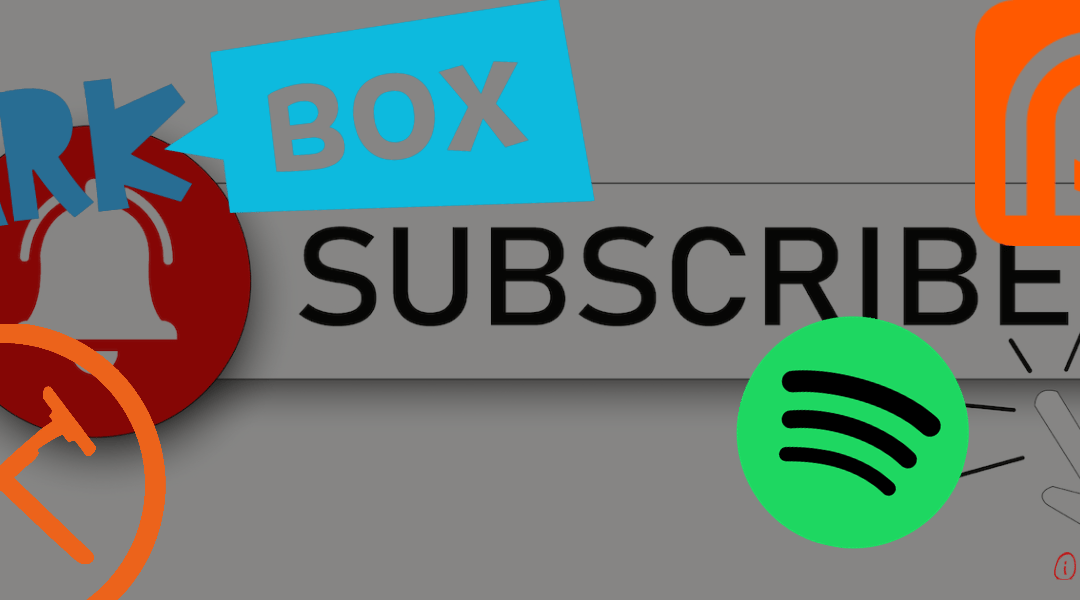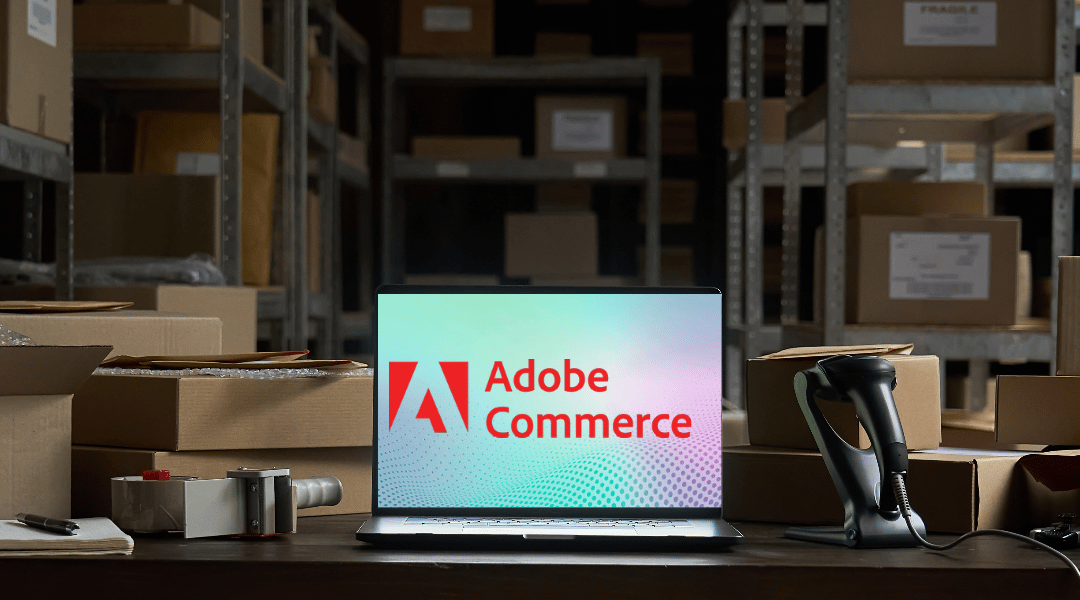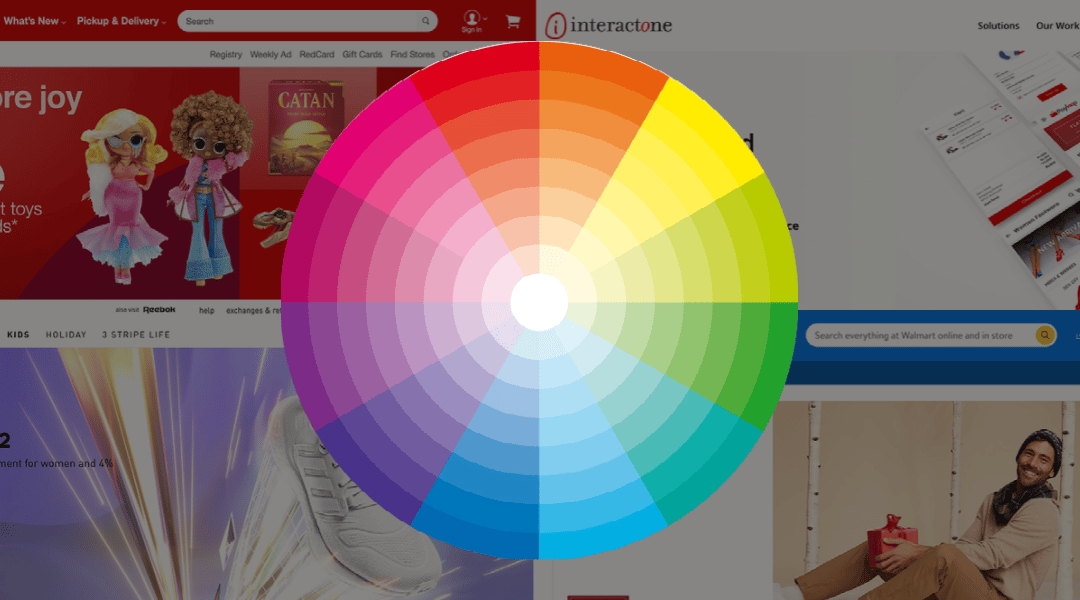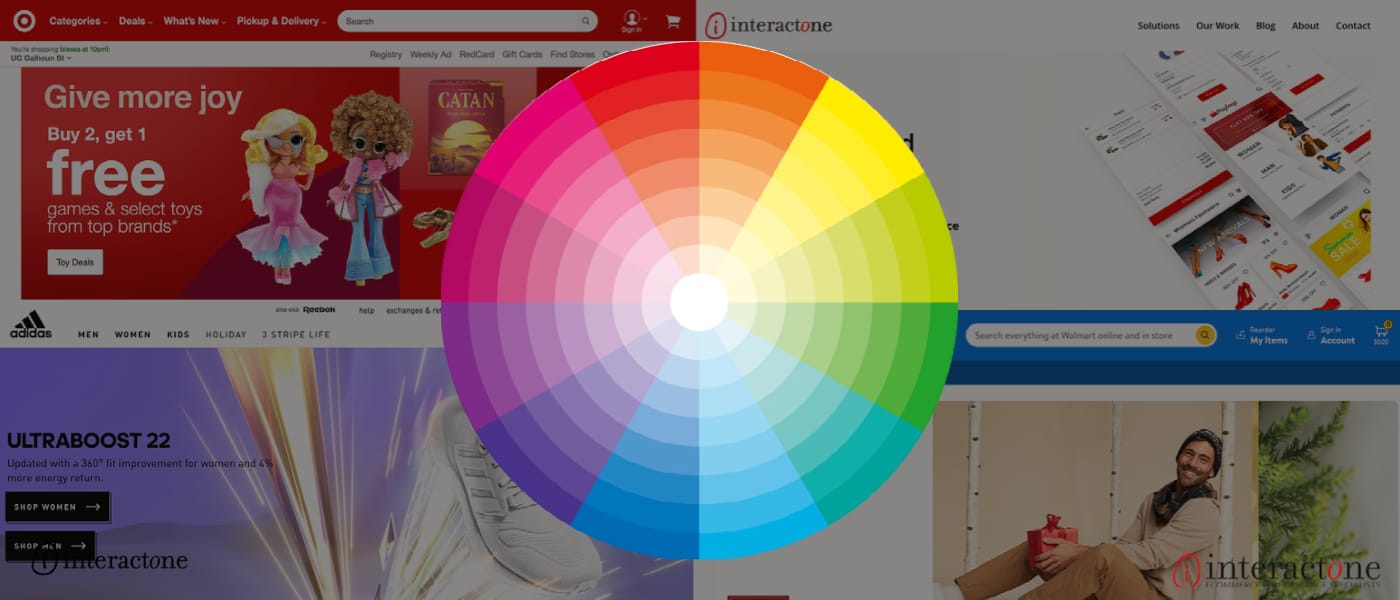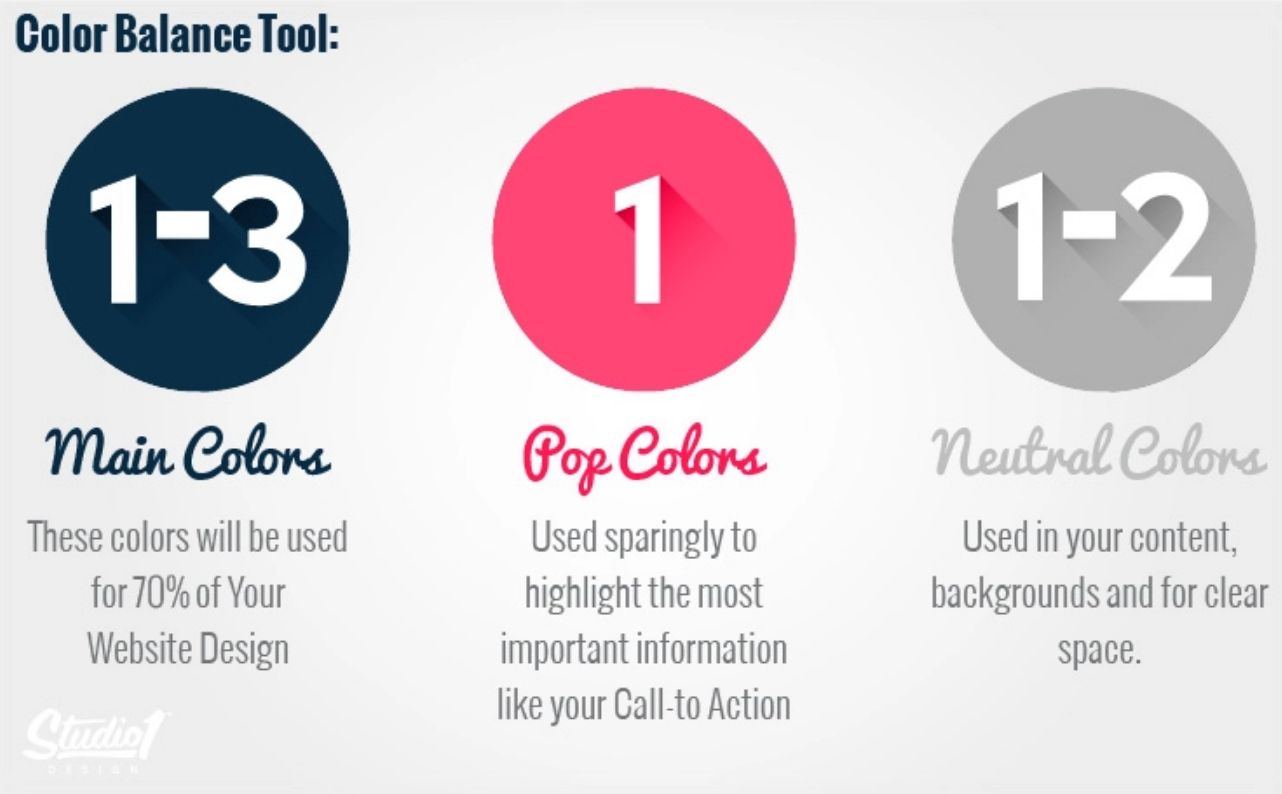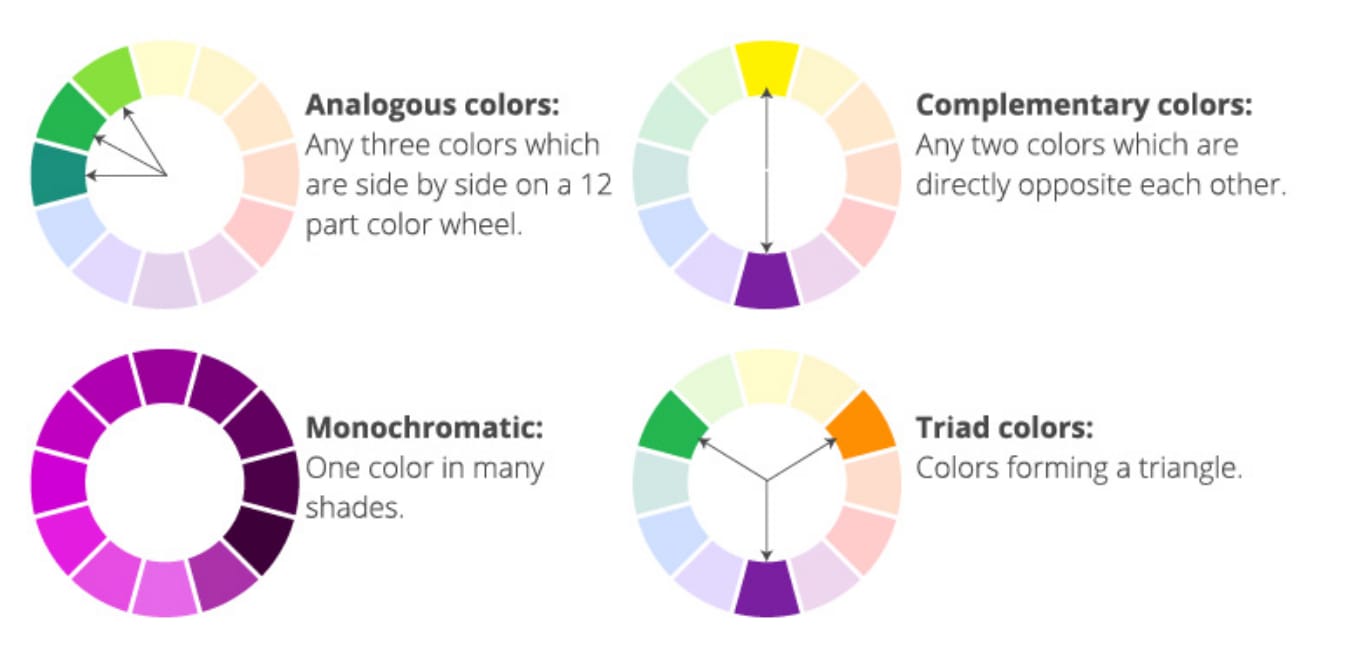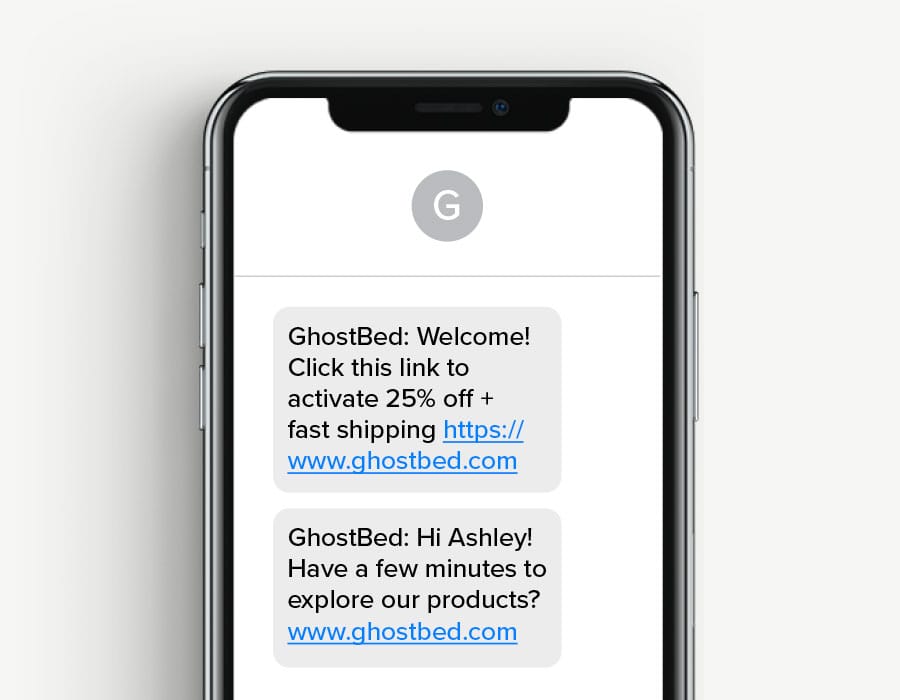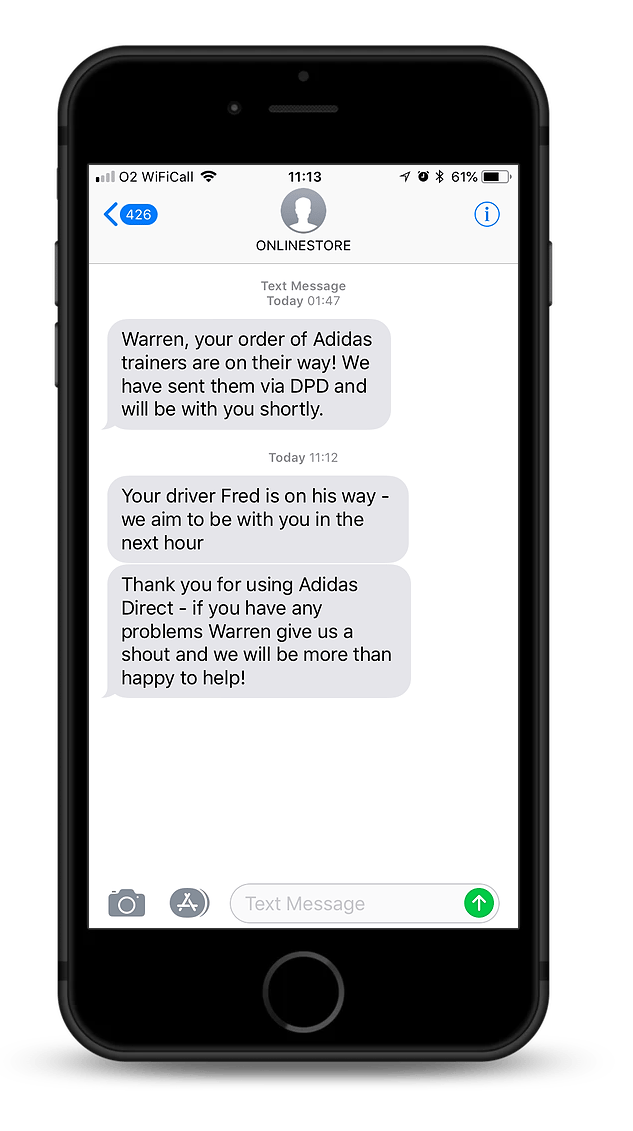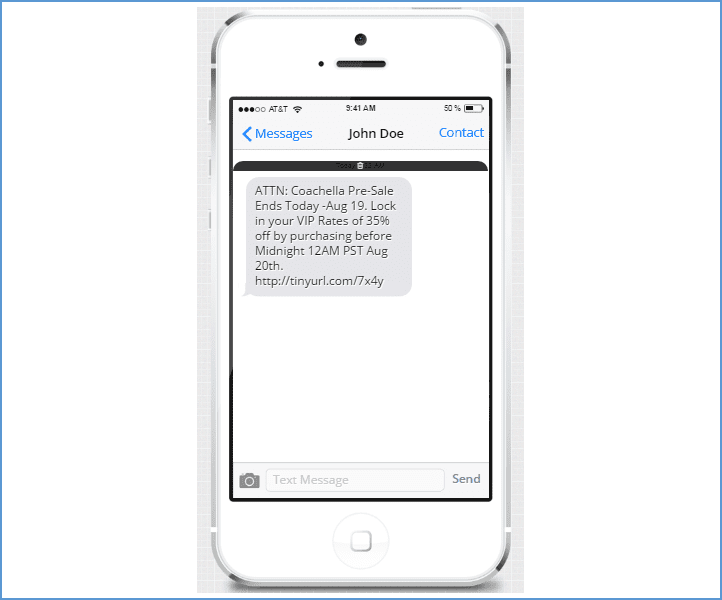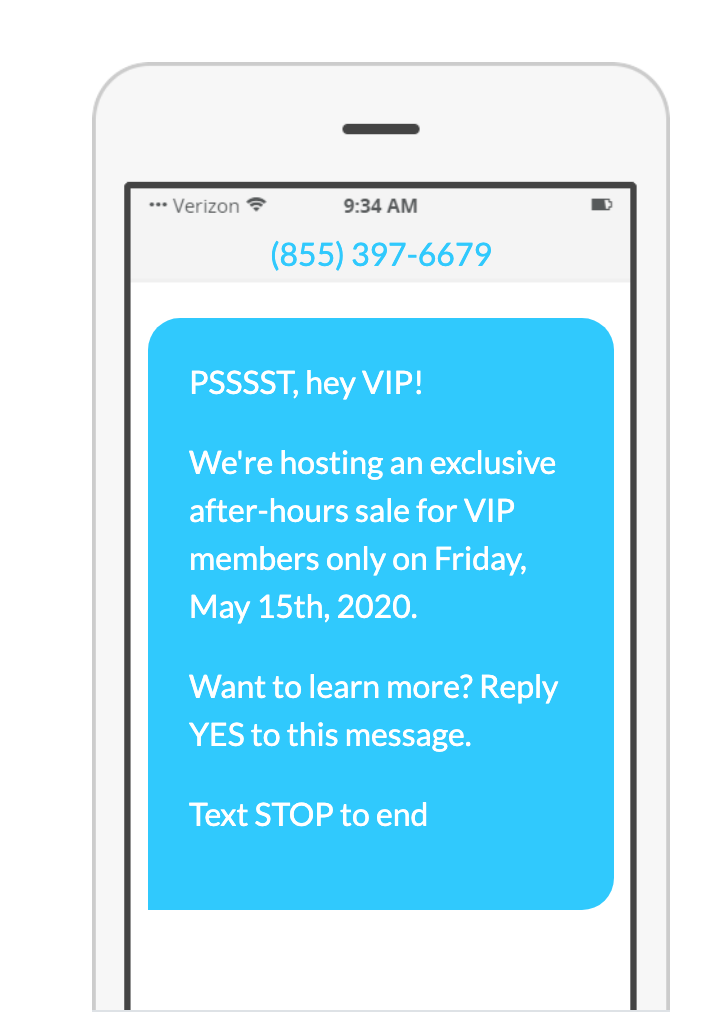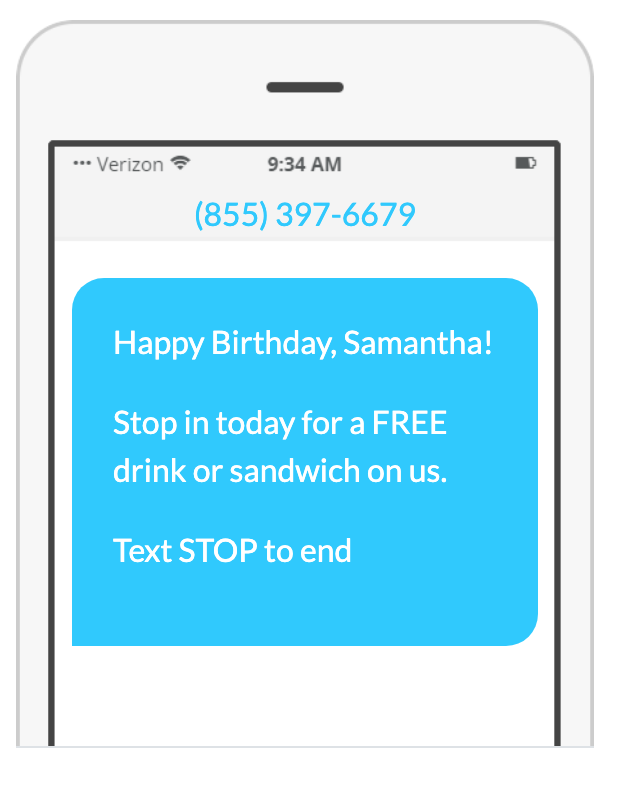Discover the newest Adobe innovations built specifically to help your B2B business achieve greater conversions.

Magento 2.4.3 Release Highlights

Magento, aka Adobe Commerce, is constantly focused on providing value to its merchants and making sure that each customer enjoys a fast, reliable and secure experience. Their latest update, Magento 2.4.3 is now available.
Adobe Commerce is not only growing in its offering and abilities but it is also growing in its complexity. The sophistication of the software only amplifies a brand’s need to work with Certified Magento/Adobe Partners.
That’s InteractOne. In business for over 24 years, we are an Adobe Certified Partner built to code Magneto/Adobe. We are skilled at maintaining and optimizing clients’ Magento/Adobe Commerce online stores.
Book your consultation with your Magento Certified Partner right now. Spots are filling up.
Magento 2.4.3 Release Highlights
Magento 2.4.3 brings with it a slew of performance and security enhancements, including 370 new fixes in the core code and 33 security improvements.
Security improvements cover the expansion of reCAPTCHA coverage and include the built-in rate limiting.
Substantial Security Enhancements of Magento 2.4.3:
Total, there are 33 security enhancements and fixes in this Magento update. The security fixes are backported to Magento 2.4.2-p2 and Magento 2.3.7-p1 and help close remote code execution (RCE) and cross-site scripting (XSS) vulnerabilities
Additional enhancements include:
- New Composer plugin that help to prevent dependency confusion and identifies malicious packages with the same names as the internal packages on the public package repository.
- Rate limiting is now built-in to Magento APIs. This improvement will help to prevent (DoS) denial-of-service attacks.
- ReCAPTCHA capabilities have now been extended to more pages.
Performance enhancements of of Magento 2.4.3:
This release now empowers Magento Merchants to be able to exclude a website from the Shared Catalog or Customer Group, which can minimize the number of records for indexing and improve the indexing times. It can also has the capability to decrease indexation time for the Product Price and Catalog Rule indexers.
Additional enhancements include:
- Core Composer dependencies and third-party libraries have been upgraded to the latest versions that are compatible with PHP 8.x.
- The KnockoutJS library has been upgraded to v3.5.1 (the latest version).
- The deprecated TinyMCE v3 library has been removed.
- The Magento_Tinymce3Banner module and MFTF tests related to TinyMCE v3.x have been removed from Adobe Commerce.
- Magento Open Source 2.4.3 has been tested and confirmed to be compatible with Redis 6.0.12. (Magento 2.4.x remains compatible with Redis 5.x.)
- Laminas library dependencies have been upgraded to PHP 8.x – compatible versions. Some redundant dependencies have been removed from the composer.json file. Magento Open Source 2.4.3 uses Laminas 3.4.0.
Live Search Update
Adobe Sensei now powers Live Search. By harnessing the data of AI and machine learning algorithms This update will deliver a more intuitive search experience by analyzing aggregated visitor data.
B2B Bug Fixes
Magento 2.4.3 introduces the B2B v1.3.2 which includes new features and multiple bug fixes in the following areas:
- Company
- Company Credit
- Quick Order
- Negotiable Quote
- Purchase Orders
- Requisition Lists
- Shared Catalog
Page Builder Update
Page Builder is now currently available as a bundled extension in Magento Open Source. You will see that Page Builder is now the default content editing tool for Adobe Commerce 2.4.3 and Magento Open Source 2.4.3. It has the ability to replace the WYSIWG editor with any third-party module.
Page Builder also replaces the TinyMCE editor in the following Admin areas:
- CMS Block
- CMS Page
- Product Description
- Category Description
Cloud Managed Service Updates
This release is making improvements to support Amazon Simple Store Service (AWS S3) and Amazon Aurora cloud managed services. It provides certified support for the following AWS Services:
AWS ElastiCache
AWS ElasticSearch
AWS Managed Queues (Rabbit MQ)
The Magento 2.4.3 release includes 370 new fixes in the core code and 33 security improvements. It includes the resolution of 290 GitHub issues by the Magento Community members.
AWS Managed Queues (Rabbit MQ)
Vendor Developed Extensions
There are some updates on the features of the following vendor-developed extensions. Please click on each extension to get more updates.
Amazon Pay
Braintree
dotdigital Engagement Cloud
Klarna
Vertex Cloud
Yotpo Product Reviews
Drop Us a Line At:
Or, if you prefer an old-fashioned phone call:
Phone (USA): (513) 469-3362
4665 Cornell Rd. Suite 255
Cincinnati, OH 45241





